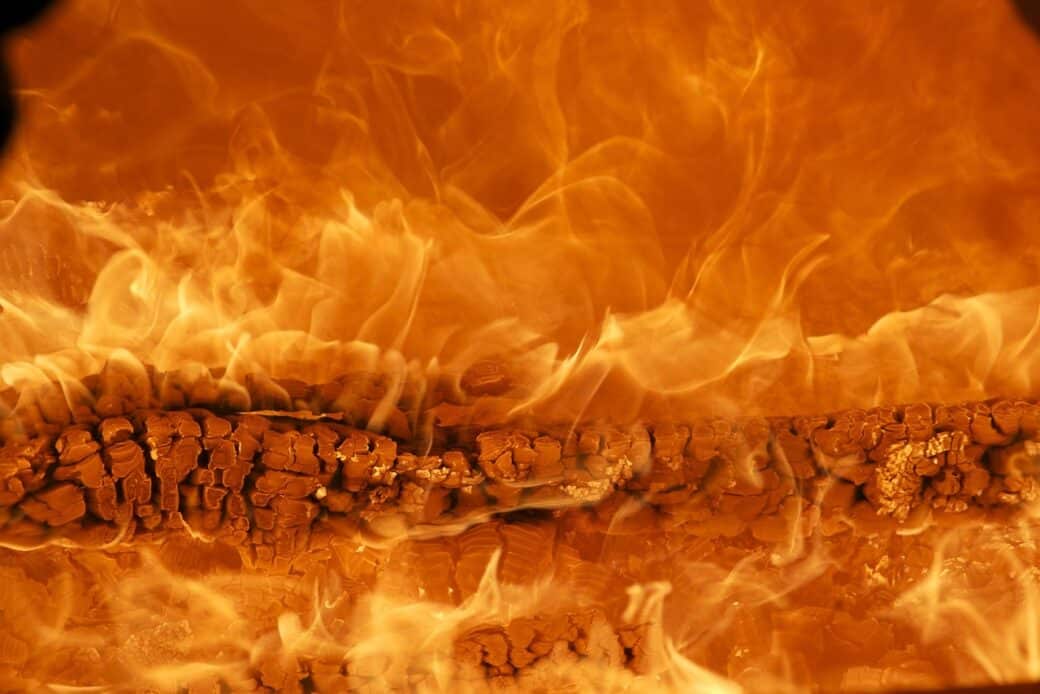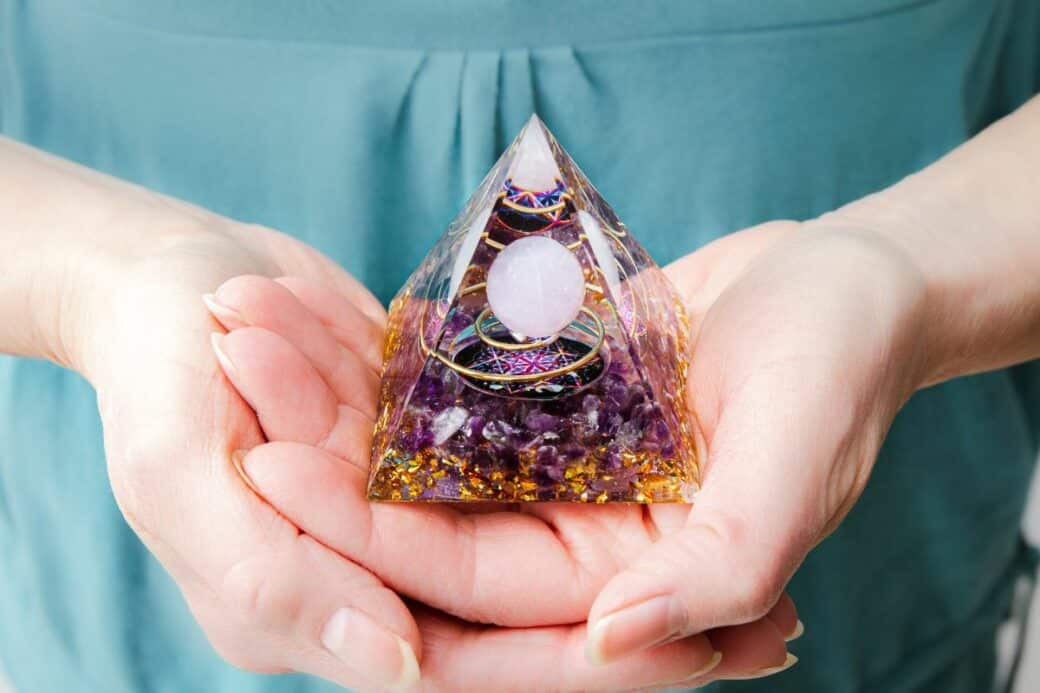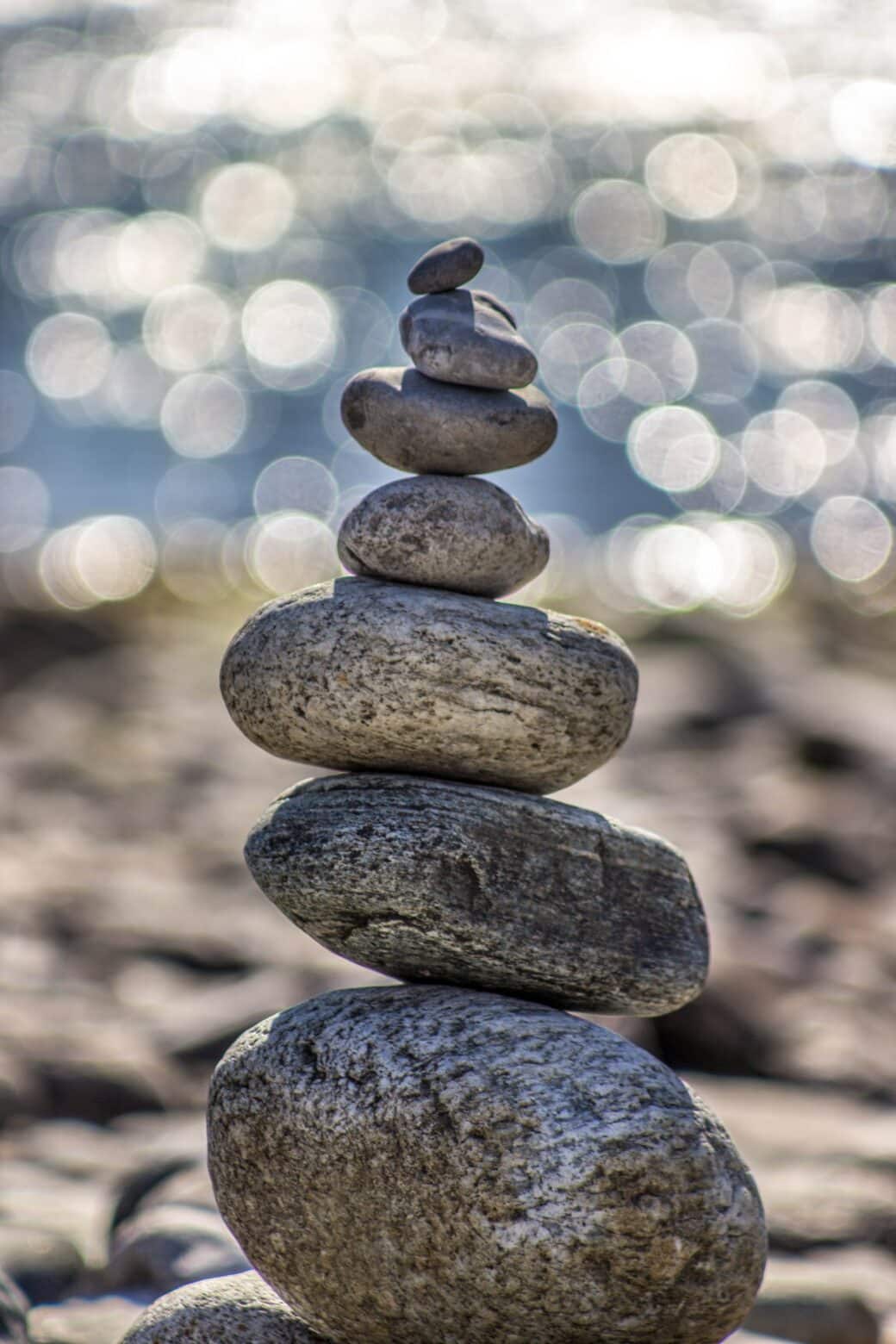Have you ever wondered how you can create a peaceful space for meditation within the comfort of your own home? Look no further, as this article will guide you through the steps to construct a meditation pyramid in your own sacred space. Find out how you can bring tranquility and spiritual enlightenment right to your doorstep.

How To Make Pyramid For Meditation At Home: Understanding the Purpose of a Meditation Pyramid
Meditation has long been recognized as a powerful tool for achieving relaxation, mental clarity, and spiritual growth. A meditation pyramid takes this practice to a whole new level by enhancing the experience and promoting deeper focus and concentration. The purpose of a meditation pyramid is to create a sacred space where you can escape the distractions of the outside world and connect with your inner self.
Background and benefits of a pyramid for meditation
Pyramids have been associated with mystical and spiritual significance for centuries. As geometric structures, pyramids are believed to harness cosmic energy and create a conducive environment for meditation and spiritual practices. The shape of a pyramid is said to amplify and focus this energy, allowing for a deeper connection to the self and the universe.
Meditating within a pyramid can have several benefits. Firstly, the pyramid’s energy field is thought to enhance the effectiveness of your meditation session, helping you achieve a more profound state of relaxation and clarity. Secondly, the pyramid provides a physical enclosure that shields you from external distractions, allowing for a deeper inward journey. Lastly, the sacred geometry of the pyramid is said to align with your own energy field, promoting a sense of harmony and balance.
How a meditation pyramid aids in deeper focus and concentration
When you enter a meditation pyramid, you are stepping into a space designed specifically for deep focus and concentration. The pyramid’s unique shape acts as a focal point for your attention, helping to minimize mental distractions and channel your energy inward. The angles and dimensions of the pyramid are believed to create a sacred geometric resonance that supports a heightened level of consciousness.
The energy within the pyramid encourages a stillness of mind and a deepening of your meditation practice. Whether you are a beginner or an experienced practitioner, the pyramid can help you reach a state of profound mindfulness and concentration. By immersing yourself in this sacred space, you are removing the barriers that hinder your ability to fully connect with your inner self and find that much-needed peace and serenity.
Choosing the Material for the Pyramid
Now that you understand the purpose and benefits of a meditation pyramid, it’s time to explore the different materials you can choose from when constructing your own sacred structure.
Pros and cons of different materials (wood, copper, etc.)
There are various materials commonly used in the construction of meditation pyramids, each with its own set of advantages and considerations. Let’s take a look at a few popular options:
-
Wood: Wood is a versatile and readily available option for building a meditation pyramid. It offers a warm and natural aesthetic, which can enhance the sense of tranquility in your meditation space. However, it’s important to choose a sturdy and durable type of wood that can withstand the test of time.
-
Copper: Copper is highly regarded for its ability to conduct energy, making it a popular choice for meditation pyramids. It is believed to enhance the energetic properties of the pyramid, facilitating a deeper connection with the universal energy field. However, copper can be more expensive and challenging to work with compared to other materials.
-
PVC pipes: PVC (polyvinyl chloride) pipes are a practical and cost-effective option for constructing a meditation pyramid. They are lightweight, easy to assemble, and come in various sizes. However, some individuals may prefer to avoid PVC due to its potential environmental impact.
Consider your personal preferences, budget, and the intended use of your meditation pyramid when choosing the material that resonates with you the most.
Considering the energy properties of each material

In addition to the practical considerations, it’s important to contemplate the energy properties of the materials used in constructing a meditation pyramid. Each material has unique energetic qualities that can influence the overall ambiance of your sacred space.
For example, wood is associated with grounding and stability, making it an excellent choice if you seek a sense of rootedness during your meditation practice. Copper, on the other hand, is believed to amplify and conduct energy, enhancing the flow of cosmic forces within the pyramid. Understanding the energetic properties of different materials can help you select the one that aligns with your intentions and desired experiences within the pyramid.
Determining the Size of the Pyramid
The size of your meditation pyramid is an essential factor to consider as it can greatly impact your overall experience. Several factors influence the size decision, including the available space in your home, your intended use of the pyramid, and your personal preference.
Factors influencing the size decision
-
Space availability: Consider the dimensions of the area where you plan to place your meditation pyramid. Ensure that there is enough space for the pyramid to comfortably fit without feeling cramped or obstructed.
-
Intended use: Determine how many people will typically use the pyramid at once. If you plan to meditate alone, a smaller pyramid may be sufficient. However, if you intend to meditate with a partner or host group sessions, a larger pyramid may be necessary.
-
Mobility: If you wish to move the pyramid from room to room, you may want to opt for a smaller and more portable design. On the other hand, if you have a dedicated space for your pyramid, you can consider a larger size.
Exploring standard sizes and custom options
Meditation pyramids come in various standard sizes to accommodate different needs and preferences. Some common sizes include:
-
Small and portable: Suitable for individual use or those with limited space. These pyramids typically have a base width of around 30-40 inches and a height of 40-60 inches.
-
Medium: Ideal for individual or partner meditation. These pyramids have a base width of approximately 60 inches and a height of 70-80 inches.
-
Large and group-sized: Designed for group meditation or workshops. These pyramids can have a base width of over 100 inches and a height of 100-120 inches.
Keep in mind that these are just general guidelines, and you can always customize the size of your pyramid to suit your specific needs. Whether you choose a standard size or create a unique design, ensure that the dimensions provide ample space for comfortable seating and an unobstructed energy flow.
Designing the Pyramid
Designing your meditation pyramid involves understanding its anatomy and sketching the dimensions to ensure proper construction.
Describing the anatomy of a meditation pyramid
A meditation pyramid typically consists of four triangular sides and a base. The four triangular sides converge at a single point, creating a pyramidal shape. The base serves as the foundation of the pyramid and provides stability.
The dimensions of the pyramid play a crucial role in its effectiveness. The angles at which the sides meet are typically 51.83 degrees, which is believed to align with the geometry of the Great Pyramid of Giza, known for its sacred and energetic properties.
Sketching the pyramid dimensions – the base and height
To design your meditation pyramid, begin by determining the desired base width. Use the guidelines mentioned earlier to choose a size suitable for your needs. Next, calculate the height of the pyramid by multiplying the base width by a factor of 0.61. This factor ensures that the pyramid’s angles align with the sacred geometry principles.
Once you have these measurements, sketch out the dimensions of the triangular sides and the base. Include additional allowance for connections and joints, which will differ depending on the construction material you have chosen.
By carefully sketching the dimensions of your pyramid, you set a solid foundation for its construction and ensure that it embodies the sacred geometry principles that enhance its energetic properties.
Buying the Material and Necessary Tools
Now that you have a clear understanding of the design of your meditation pyramid, it’s time to gather the materials and tools necessary for its construction. Ensuring the quality of materials and having the right tools will significantly contribute to the success of your project.
Identifying reputable suppliers
When purchasing the materials for your meditation pyramid, it’s important to source them from reputable suppliers. Look for companies or individuals with experience in providing materials specifically for meditation pyramid construction. Read customer reviews and seek recommendations from fellow practitioners to ensure the materials you purchase are of high quality and in alignment with your intentions.
List of necessary tools for construction
To construct your meditation pyramid, you will need the following tools:
-
Measuring tools: A tape measure, ruler, or any tools that will allow you to accurately measure the dimensions for cutting your material.
-
Cutting tools: Depending on the material you have chosen, you may need a saw, PVC pipe cutter, or other appropriate cutting tools to resize the material as per your pyramid’s dimensions.
-
Fasteners and connectors: To securely assemble the pyramid, you will need fasteners such as screws, bolts, or adhesives, depending on the type of material you are working with.
-
Safety equipment: Always prioritize safety when working with tools. Wear appropriate protective gear, such as safety goggles and gloves, to prevent any injuries during construction.
Ensure that you have all the necessary tools before you begin constructing your meditation pyramid to avoid any unnecessary delays or frustrations.
Cutting the Material to Fit Pyramid Dimensions
Once you have obtained the materials and tools, the next step is to cut the material to fit the dimensions of your meditation pyramid. This step requires precision and attention to detail to ensure that the pyramid retains its correct proportions.
Safety precautions when cutting
Before you begin cutting, it’s essential to prioritize safety. Ensure that you are working in a well-ventilated area and wear appropriate protective equipment, such as safety glasses and gloves. Familiarize yourself with the specific safety instructions for the cutting tools you are using. Remember to take your time and proceed with caution to avoid any accidents or injuries.
Precision in cutting to ensure correct pyramid proportions
Accurate and precise cutting is crucial to ensure that your meditation pyramid is designed to its intended specifications. Measure twice and cut once to avoid any measurements or angles that are even slightly off.
Follow your sketched dimensions and use the appropriate cutting tools for the material you have chosen. Take your time and maintain a steady hand to achieve clean and accurate cuts. A well-cut pyramid will not only look aesthetically pleasing but also support the alignment of energies within the structure.
Assembling the Meditation Pyramid
With the material cut to fit the dimensions of your pyramid, it’s time to assemble the structure. Follow these step-by-step instructions to ensure a smooth and successful construction process.
Step-by-step assembly instructions
-
Begin by connecting the four triangular sides of the pyramid at their respective apex points. Use the fasteners and connectors appropriate for your chosen material. Ensure the connections are secure and stable.
-
Once the triangular sides are securely joined, attach the base to the bottom edges of the triangles. This will provide stability and create a sturdy foundation for the pyramid.
-
Double-check all connections to ensure the pyramid is securely assembled. Make any necessary adjustments to ensure stability and proper alignment.
-
Test the pyramid’s structural integrity by gently shaking or applying slight pressure. If any connections feel loose or unstable, reinforce them as needed.
Tips for ensuring a sturdy construction
To ensure a sturdy and stable construction, consider the following tips:
-
Use quality fasteners and connectors that are appropriate for your chosen material.
-
Apply ample pressure when making connections to ensure a tight and secure fit.
-
Reinforce critical connection points, such as the apex and base, with additional fasteners or adhesive if necessary.
-
Regularly check the stability of the assembled pyramid and make any necessary adjustments to maintain its structural integrity.
By carefully following these assembly instructions and implementing these tips, you can construct a meditation pyramid that provides a stable and supportive space for your meditation practice.
Finishing the Pyramid
Once you have successfully assembled your meditation pyramid, you may choose to add finishing touches to enhance its aesthetic appeal and ensure safety.
Options for finishing – painting, varnishing, etc.
One option for finishing your pyramid is to paint or varnish the surface. This not only adds a decorative element but also helps protect the material and prolong its lifespan. Choose a paint or varnish that is compatible with the specific material you have used and consider using non-toxic and eco-friendly options if possible.
Another option is to leave the pyramid in its natural state, especially if you have chosen a material that already has an appealing appearance, such as polished copper or high-quality wood. This allows the natural beauty of the material to shine and adds a touch of simplicity to your sacred space.
Addressing sharp edges for safety
It’s important to address any sharp edges or rough surfaces to ensure safety during your meditation practice. Use sandpaper or a file to smooth out any jagged edges, particularly around the base and apex of the pyramid. Taking these extra precautions will help prevent accidental cuts or injuries while entering or exiting the pyramid.
By considering these finishing options and addressing any potential safety concerns, you can create a meditation pyramid that not only amplifies your practice but also reflects your personal style and preferences.
Positioning the Pyramid in the Home
Now that your meditation pyramid is complete, you need to determine the ideal position for it in your home. The placement of the pyramid plays a significant role in optimizing energy flow and creating a harmonious environment for your meditation practice.
Considerations for the direction it should face
The orientation of the pyramid is a crucial consideration that can enhance its energetic properties. Some practitioners believe that aligning the pyramid with the Earth’s magnetic field by facing it north-south promotes better energy flow and connection. However, this is a personal preference, and you can experiment with different orientations to find what feels most energetically conducive to your practice.
Optimal positioning for best energy flow
In addition to considering the direction, there are a few other factors to keep in mind when positioning your meditation pyramid:
-
Clutter-free space: Ensure that the area surrounding the pyramid is free from clutter and distractions. This will create a serene and focused environment for your meditation practice.
-
Natural light and ventilation: Choose a location that allows for natural light to enter your pyramid, as it can enhance the ambiance and provide a connection to the outside world. Adequate ventilation is also essential for maintaining a fresh and pleasant space.
-
Intuitive guidance: Trust your intuition when determining the optimal position for your meditation pyramid. Experiment and observe how different placements make you feel, and adjust accordingly based on your personal experiences.
By mindfully considering these factors and experimenting with different positions, you can create a space in your home that is conducive to deep meditation and spiritual growth.
Maintaining the Meditation Pyramid
Congratulations on successfully constructing and positioning your meditation pyramid! To ensure its longevity and energetic effectiveness, regular maintenance and care are essential.
Cleaning and care instructions
Regularly clean your meditation pyramid to keep it free from dust and dirt. Use a soft cloth or brush to gently wipe down the surface of the pyramid, ensuring that you do not scratch or damage any finishes.
If your pyramid includes any fabric or cushioning, follow the manufacturer’s cleaning instructions to maintain its cleanliness and freshness.
When and how to conduct periodic energy cleanses
In addition to physical cleaning, periodic energy cleanses can help maintain the energetic integrity of your meditation pyramid. Many practitioners incorporate various methods such as smudging with sage, using sound vibrations, or placing crystals within the pyramid to cleanse and recharge its energy.
Listen to your intuition and experiment with different cleansing rituals to find what resonates with you and your pyramid. Regularly clearing the energy of your meditation space will ensure that it remains a sacred and vibrant environment for your practice.
In conclusion, constructing a meditation pyramid can be a rewarding and transformative journey. Understanding the purpose and benefits of a pyramid, choosing the right materials, determining the size, and designing the structure are all important steps that contribute to the success of your project. By following safety considerations, assembling the pyramid with precision, and finishing it in a way that resonates with you, you create a space that supports your meditation practice. Finally, positioning the pyramid mindfully, maintaining its cleanliness and energy, and conducting regular cleansing rituals will allow you to fully explore the depths of your meditation practice in your own sacred sanctuary.




